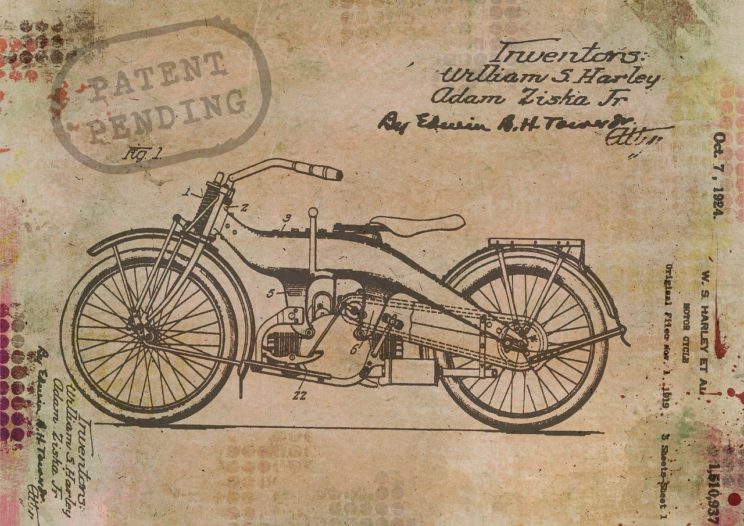According to California Product Liability Laws, any person who designs, produces or sells a defective product is strictly liable for the damages caused by the product. Even in case the person or company was not found negligent.
Elements the Plaintiff Must Prove
Generally, a plaintiff must be able to establish the following elements, to prevail on a claim for products liability in California,
- Defendant designed, distributed, manufactured, or sold a defective product
- Product contained the defect when it left the defendant’s possession
- Plaintiff used the product in a reasonably foreseeable manner
- As a result of the defect the plaintiff suffered harm
Strict Product Liability in California
Under the strict liability law, the plaintiff is not required to demonstrate the defendant’s negligence. Under the law in case the plaintiff was injured as a result of the defendant’s conduct, then the defendant will be found liable for the caused injuries whether his conduct was negligent or not.
Types of Claims Under Strict Product Liability
There are essentially three types of claims under strict product liability:
- Manufacturing defect claims, which involve a defect in a specific item produced
- Design defect claims, which involve a defect in the design of an entire product line
- Failure to warn claims, which involve the defendant’s liability for improperly warning the plaintiff about the hazards of using the product
Manufacturing Defect Claims
In manufacturing defects claims, the plaintiff asserts that a specific product was defectively manufactured as compared to products in the same line, and the particular units of the product were defectively manufactured. So, the product presented a harm which actually was a result of the manufacturing defects.
Design Defect Claims
In design defects claims, the plaintiff asserts that the product was defectively designed in all of the same products line.
In California there are two tests used in assessing defective design product liability claims: the risk-benefit test and the consumer expectations test.
- The Risk-Benefit Test
According to this test, after the plaintiff shows that the defective product design caused the injuries, the burden of proof completely shifts to the defendant. The defendant must prove that the utility of the defective product design outweighs the risk of the design and in case he fails to do that, then the plaintiff will win the case.
- The Consumer Expectations Test
According to this test a product’s design will be considered defective in case it fails to perform as safely as an ordinary consumer would expect it to perform.
Failure to Warn Claim
According to California strict product liability, a defendant who is aware that the consumer is using the product in a reasonably foreseeable manner that exposes him to a risk of injuries is obliged to warn the consumer of the risk of injury or harm.
The defendant can be found liable for a failure to warn when such failure could have altered the outcome. So, in case a typical consumer would have become aware of the risk of injuries or harm on his own, then the defendant can’t be found liable for failing to warn of an already-known hazard. Get in touch with our Los Angeles motorcycle accident attorneys for more information and a free consultation!

